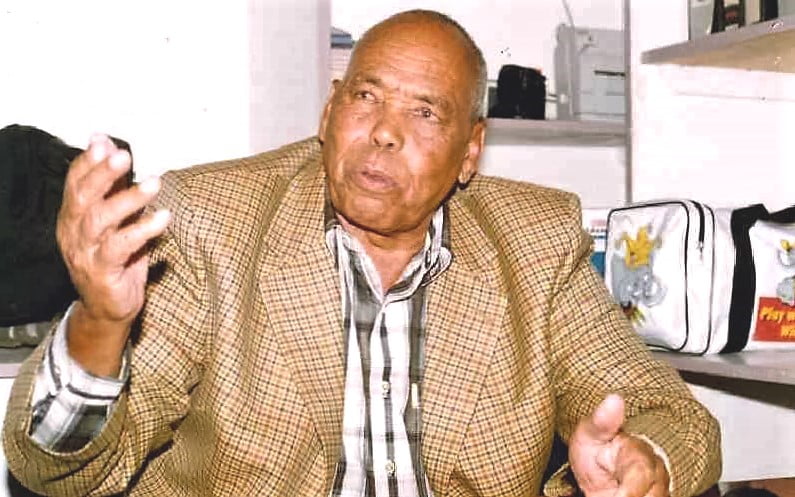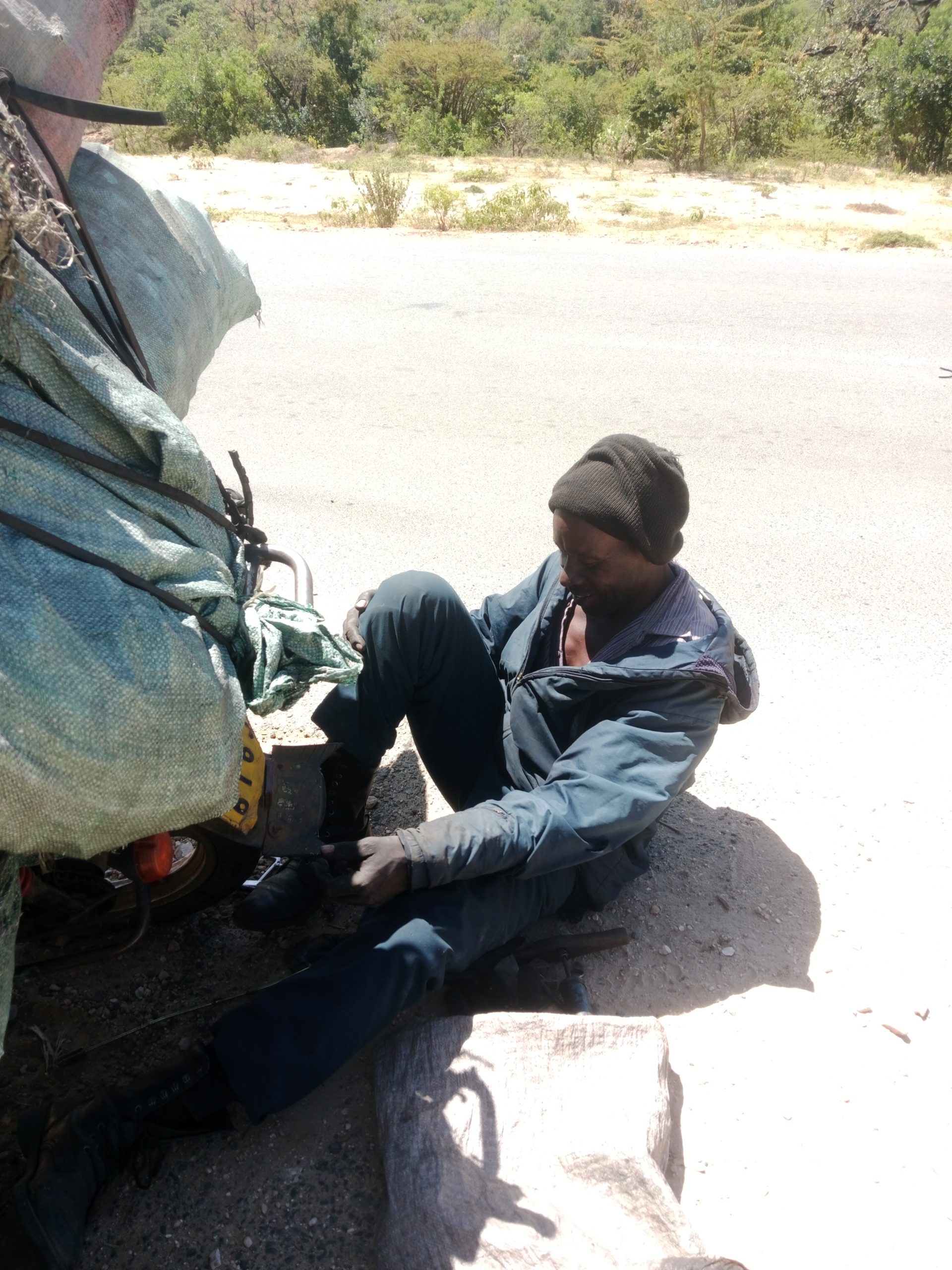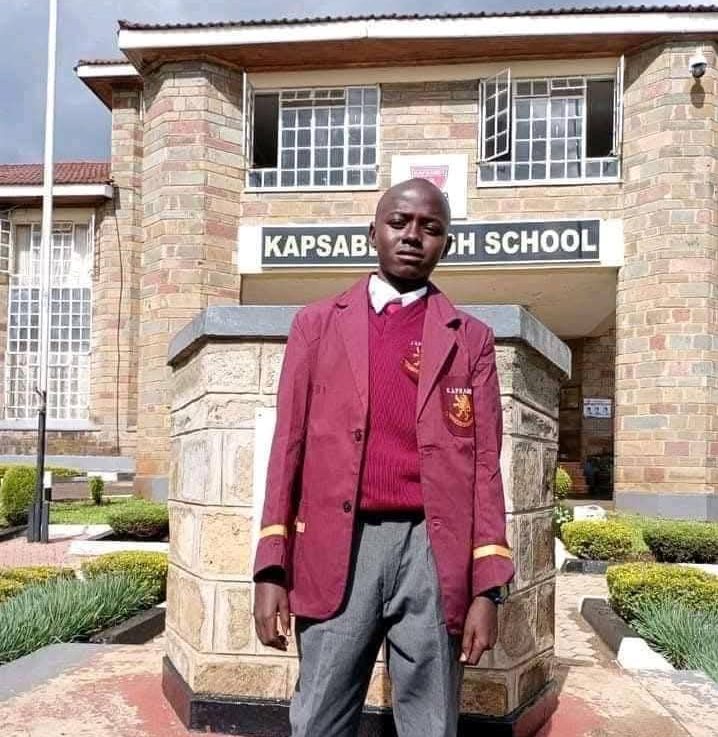Madaraka is a Swahili word that stands for ‘freedom’ and as such, Madaraka Day – celebrated on June 1- commemorates the day Kenya gained internal self-governance from British colonialists. This year we mark the 60th Madaraka Day.
It is one of the three national holidays that have been created under Article 8 of the 2010 Constitution with the aim of honoring all Kenyans who have contributed towards the struggle for the country’s independence including Jomo Kenyatta, who was the first Prime Minister and later the first President of Kenya.
Kenyatta was arrested in October 1952 along with five others (Achieng’ Oneko, Bildad Kaggia, Fred Kubai, Kung’u Karumba and Paul Ngei) on charges of being members of the Mau Mau Society, a movement engaged in rebellion against the then British rulers. The accused were known as the ‘Kapenguria Six’. While their stories are told, there are those who played a big role as well and who stories remain untold.
The Maa Museum brings scientific and anthropological studies to some of the heroes who fought colonialists to defend their lands and freedom. They include politician John keen, who walked out of Lancaster meeting,
Joshua Lekoko (Ilkisongo) who was released from Manyani prison in 1959, Lekasailie Leshore of Samburu, Mama Loise Mpaayei (still alive, lives in Kimana Loitoktok) and Samburu Laibon Leaduma commonly referred to as Ole Dume, whose name is on various roads, hotels, suites and apartments in Nairobi.
His name also appears when Laikipia is mentioned, a synonymous name associated with his struggle with Laikipia and colonial presences in the area. A street named after him in one of the West African countries could suggest he may have been detained there on his way to Britain or elsewhere.
Ole Dume was a colonialist’s corrupted name Leaduma who fought for the independence of Kenya and later in 1933 deported to unknown destination. He was allegedly associated with the death of a settler, Theodore Powy, who was killed by a herd of lions and the five Samburu Moran’s and the Laibon’s Leaduma were found not guilty.
In an article titled ‘The Samburu Laibon’s sorcery and the death of Theodores Powys in colonial Kenya’ in the Journal of EA Studies published in 2014, Elliot Franklin wrote; “Theodore Powy was a settler and the events and trials occurred as conflicts increased among the Samburu pastoralists, the white settlers and the Kenya colonial administration in early 1930s”.
Although the Five Morans were acquitted of the murder charge, their Laibon Nkaldayo Leaduma was arrested before the trial under the witchcraft ordinance act and deported for intimidating witnesses and interfering with investigations using sorcery and powers of a Laibon. The larger Samburu community just like what is happening today, faced heavy fines, disarmament and their cows confiscated.
Kordidi, uncle to Laibon Leaduma referred to Ngaldayo Leaduma as the greatest Laibon that Samburu’s ever had and was known to make rains, protect warriors for battles but his 64 tools of work were taken away by the colonialists during his deportation to ensure he does not pass the tools to anyone else.
These tools are suspected to be stored in the River Pitts museum or other British museums in the UK, where thousands of artifacts are stored to date.
The spear that Olesendeu of Loita used to kill DC Hugh following the taking his favorite bull is also suspected to be in the same museum. The Laibon was not the first to be deported from his home area but other leaders drawn from Nandi were deported.
Both Laibons and elders were checked by the colonial administration who accused them of sorcery through heavy fines, disarmament and legislation such as the Witchcraft Ordinance of 1925 and Deportation Order of 1923.
The case of Theodore Powy (Laikipia) and that of Grant Hugh (Loitai, Narok) received much attention from anthropologists and historians, who focused on the ability of colonial administrators to control the actions of the Samburus and satisfy the desires of the white settlers.
This today is demonstrated by the big chunks of lands owned by about 22 settlers and the struggles the Samburu people go through seeking pasture and water for their livestock.
The anthropologists and historians like Bilinda Straight, Jon Holtzman and Kenyan historian Peter Waweru examined in their papers, the memories of the events suffered from the militarized force in the 1930s and studies around contestations between the British colonial administrators and ritual leaders.
Therefore, as we celebrate Madaraka and such heroes, it’s wise to incorporate scientific-related histories and evidence in long lasting interventions to demand for our artifacts, end conflicts in Laikipia and other regions, and to use dialogue and not force as this reminds us of unanswered issues like the deportation of Laibon Leaduma who has yet to be given a heroic send off as per the Samburu traditions.
The Maa Museum is pursuing the British government for compensation and return of the 60+ artifacts and tools of Laibon Leaduma.
Happy Madaraka Day!
By Lepantas Charles Leshore
The writer is the founder and director of Maa Museum and Centre for Indigenous Culture – (MMCIC)
Get more stories from our website: Education News
You can also follow our social media pages on Twitter: Education News KE and Facebook: Education News Newspaper for timely updates.






